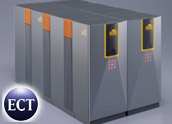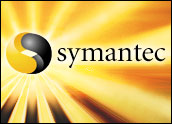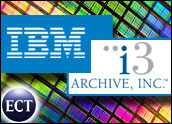
NEC has upped the high-performance computer ante, launching today what it called the world’s most powerful vector supercomputer. The company said the SX-8 has a peak processing performance of 65 teraflops. That speed, however, which would require 512 nodes running together, has not yet been tested.
IBM’s Blue Gene scalar supercomputer reached speeds of 36.01 teraflops last month. Scalar systems run one element at a time; vector processors are designed to run multiple elements at once. The vast majority of computing systems are scalar. Blue Gene links many microprocessors of the same type that are used in PCs, while the SX systems use hardware built just for them.
Technologies Don’t Equate
“This is a race; however, this is a race between uneven technologies,” according to Steven J. Wallach, vice president at Chiaro Networks’s office of technology and a supercomputer expert.
He added: “While both systems will do extremely well on Linpack, for more application-oriented benchmarks, the two systems will deliver different levels of performance. For applications that are highly vectorizable — exceeding 95 percent — the SX/8 will dominate. For applications that cache well and are more scalar intensive, the IBM system will dominate.”
Linpack is a benchmark used to measure floating point performance; “vectorizable” applications consist of regular calculations.
NEC said the vector system is especially suited to large-scale and ultra high-speed computing of massive amounts of data such as weather forecasting, environmental simulations and automotive crash analysis.
For Rent
Beginning in December, NEC will rent out SX-8s for about US$11,000 per month. The single-node model, with up to eight CPUs, has a peak performance of 128 gigaflops (a gigaflop equals one billion floating-point operations per second).
Wallach said there’s no reason to doubt that the system could reach the 65 teraflops NEC promises.
“I do not know the specifications and capabilities of the SX-8 interconnect. The interconnect is used to lace together multiple nodes. However, based on what NEC did with the Earth Simulator, one should assume that the SX-8 will work as advertised,” he said.
The company said it hopes to sell more than 700 SX-8s in the next three years.





















































